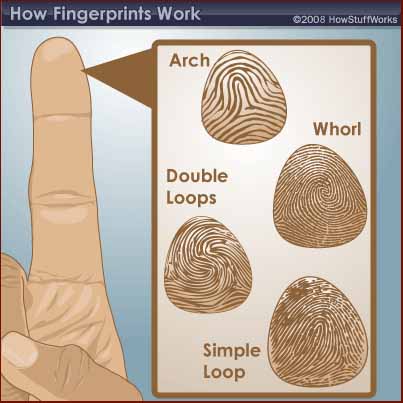 |
| "Speech is the expression of ides or thoughts or desires. Handwriting is the visible form of speech. Just as speech can have inflections of emotions, somewhere in handwriting is an expression of the emotions underlying the writer's thoughts, ideas, or desires." -Aristotle |
The study of one's handwriting is called graphology, and it was first studied by Aristotle circa 330 B.C. he claimed that the written word is the same as the spoken word -both reveal the speaker's emotion and personality in some way. Over a thousand years later, in 1662, one of the first publications about graphology was written by Camillo Baldi, the father of handwriting analysis. Baldi was an author and professor who often incorperated Aristotle into his teachings. The next 200 years led to extensive research into different handwriting styles, predominately in Europe. Below is a timeline of major aadvancements in graphology:
1882: Jamin J. Crepieux writes Hysteria and Handwriting. Handwritng and Expression., which is a compilation of the examination of 45 hysterical people’s handwriting. In 24 instances, the handwriting marked agitation and abnormally large movements of the pen. 1895: W. Preyer writes On the Physiology of Handwriting, which establishes that no matter what the pen/writing utensil is held by, be it right hand, left hand, foot, etc., the hand writing remains the same. This proved that handwriting is directly from the brain and doesn’t reflect the ability of the appendage.
1901: G. Meyer writes Die Wissenschaftlichen Grundalgen der Grapholgie, which studies different patterns that characterize one’s handwriting, such as slant, size, angularity, etc.
1919: J. Downey writes Graphology and the Psychology of Handwriting, which is a study of the handwriting of those with bipolar disorder.
1926: R. Saukek writes Experiments With Handwriting, which identifies the objective criteria in handwriting, such as relative speed and how handwriting changes from adulthood.
1933: G. Allport and P. Vernon write Studies in Expressive Movement, which is a collection of different experiments done that revealed a connection between expressive gestures, such as handwriting, and attitudes, traits, and values.
1936: K. Roman writes Studies on the variability of handwriting: The development of writing speed and point pressure in 2,200 school children. The title explains what it talks about.
1939: H, Jacoby writes Uniqueness and handwriting, where 2oo samples of the letter “i” were studied. It was discovered that out of the 200 samples, none were identical.
1944: T.S. Lewison and J. Zubin write Handwriting Analysis: A series of scales for evaluating the dynamic aspects of handwriting, in which the authors were able to identify the handwriting of delinquents and non-delinquents.
1948: W. Wolff writes Diagrams of the Unconscious, explores many different aspects in handwriting and of handwriting, such as one’s signature.
Characteristics
Line quality: Do letters flow or are they deliberate?
Spacing between words and letters
Ratio of height, width, and size of letters: is everything consistent?
Lifting of the pen: Are words/letters connected or seperated?
Connecting strokes: Similiar to #4, but applies to analysis of how capital letters connect or not connect to lowercase letters
Strokes to begin and end: Where on the page/line does the writing begin/end? (edge, middle, etc.)
Unusual letter formation: Any unique letters?
Pen prssure: How much pressure is applied to strokes going up and/orSlanr down?
Slant: Do letters slant left or right?
Baseline Habits: Do they write on the line, go above the line, or go below the line?
Fancy writing habits: Any characteristic loops or curls?
Placement of diactrics: How do they dot their "i"'s and cross their "t"'s?
In class, we performed a handwriting experiment. First, we were given sheets of paper, such as the one in the picture below, and were told to write a sentence in cursive and print in the first block. Then we exchanged papers and had to try to first freehand forge and then trace forge each other's handwriting. THe two styles of forgery differ in that freehanding is more meticulous than trace because of the concentration one has to put into copying the handwriting. I personally had difficulty with both and have soundly decided to to attemp to forge any signatures in the future.

In the second part of our experiment, everyone was told to write a phony check and tear it up. we then put our checks into envelopes and they were mixed up and select, random envelopes were placed at each table. From there we had to reassemble the checks the try to deduce who wrote it based upon their handwriting. As luck would have it, my group got my check. I didn't announce that to my group though, of course. After piecing together the check, my group immediately regognized how closely my "e"'s closed almost to the point of looking like "c"'s.
 |
| Check before |
 |
| Check After |
There are not very many ":famous" cases involving handwriting -that have been solved, that is. One of the cases that has been solved by using handwriting analysis is Glibert v United States, where Gilbert forged a government check and posed as the payee's agent. He was found guilty for forgery.












 Basic types/patterns of Prints
Basic types/patterns of Prints